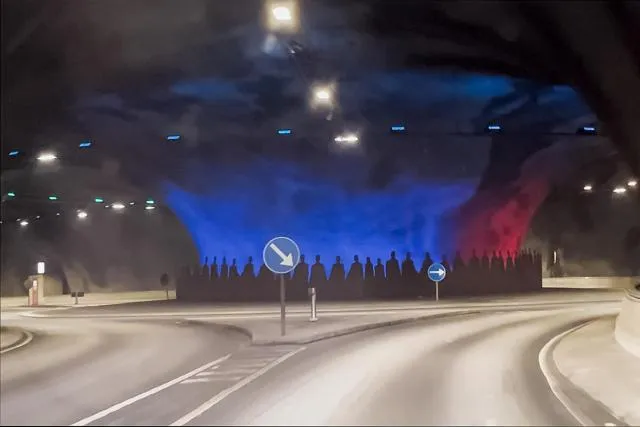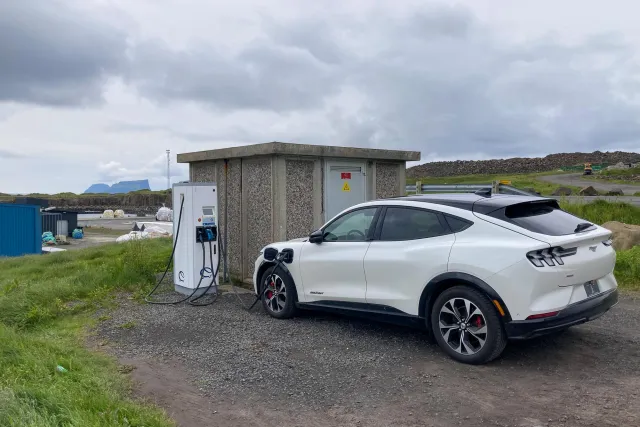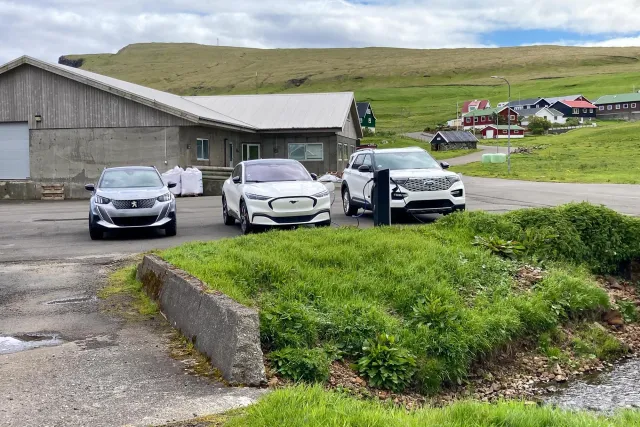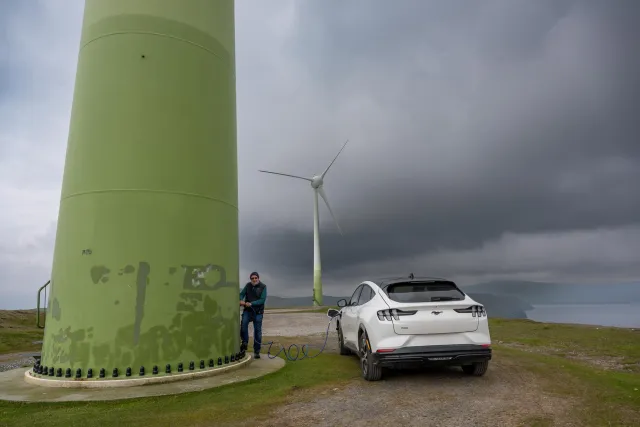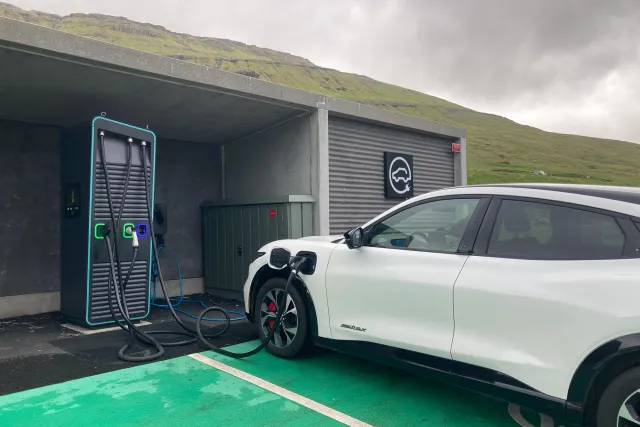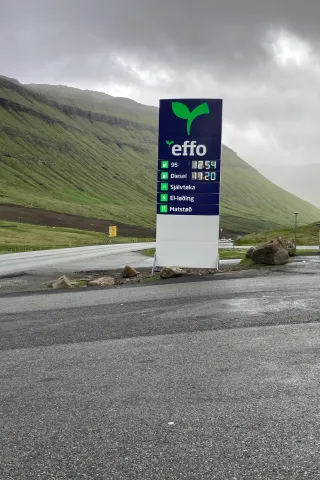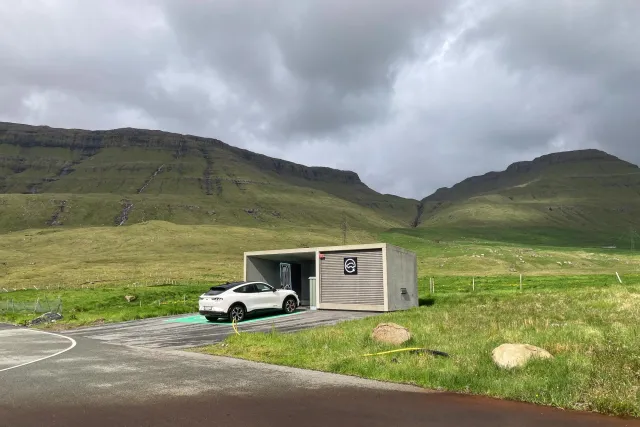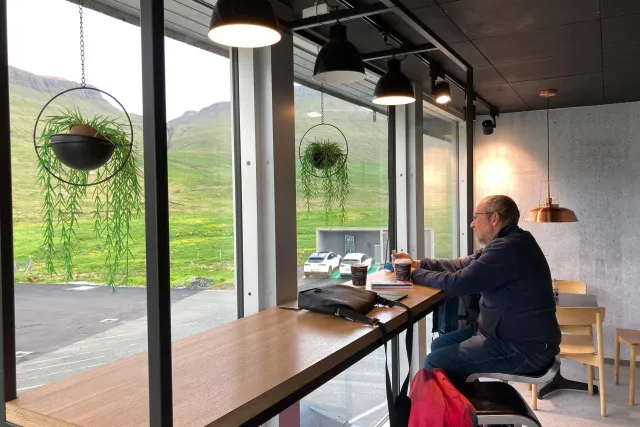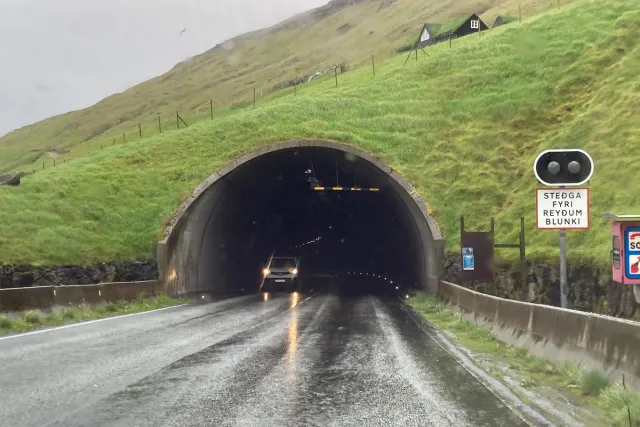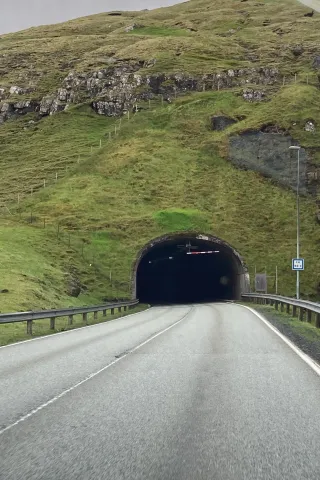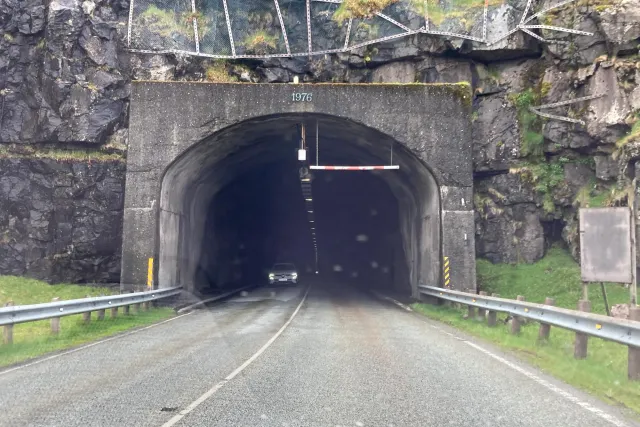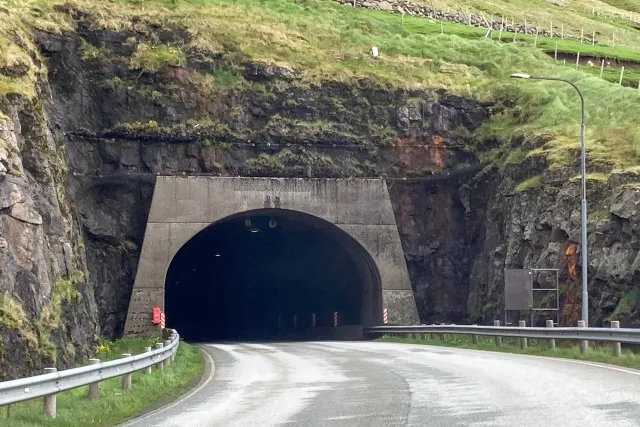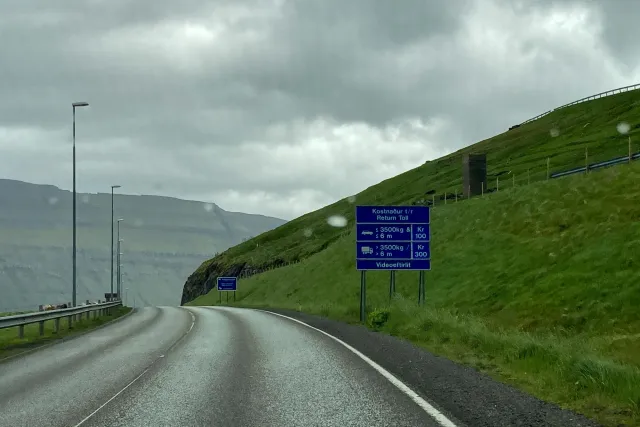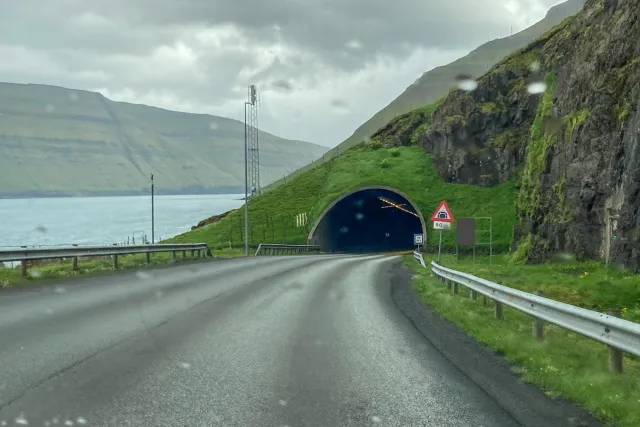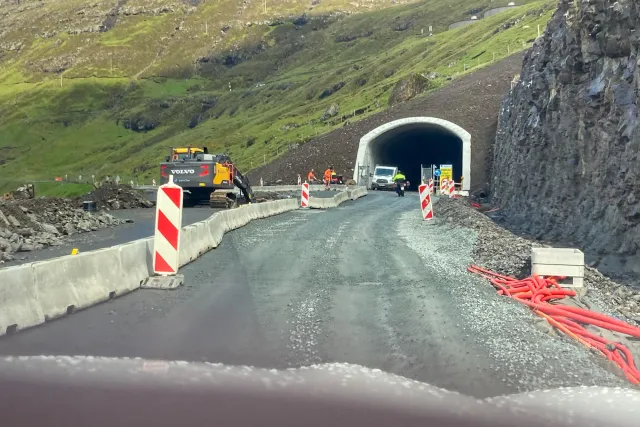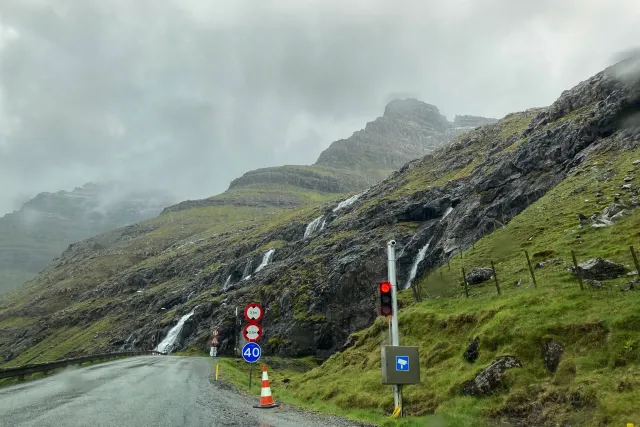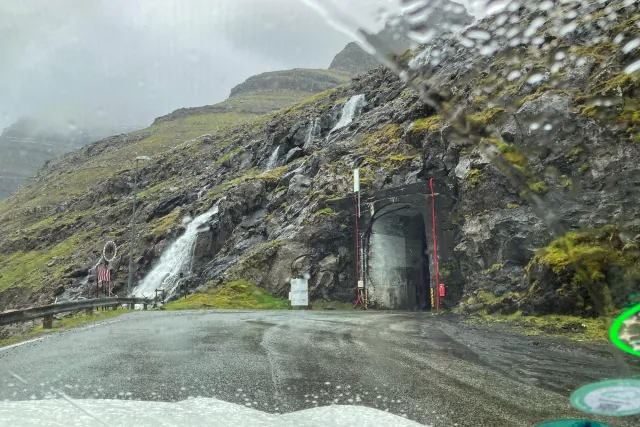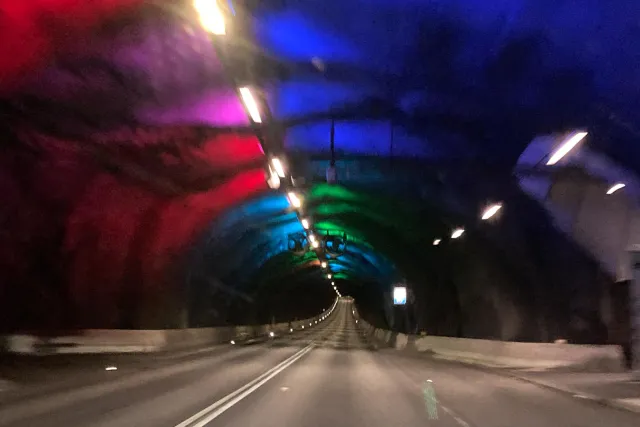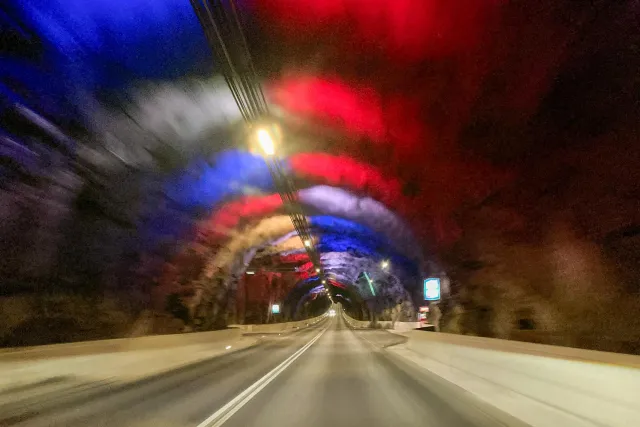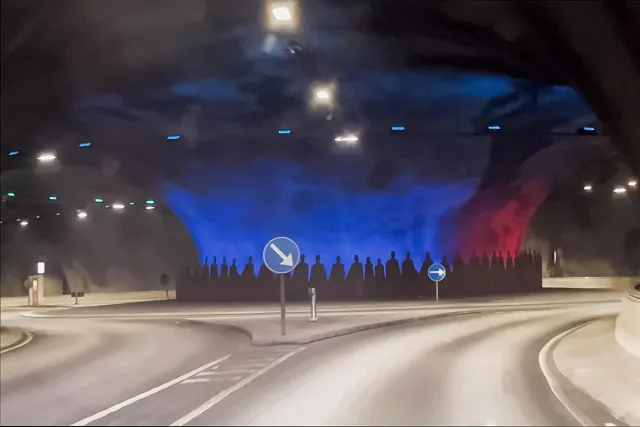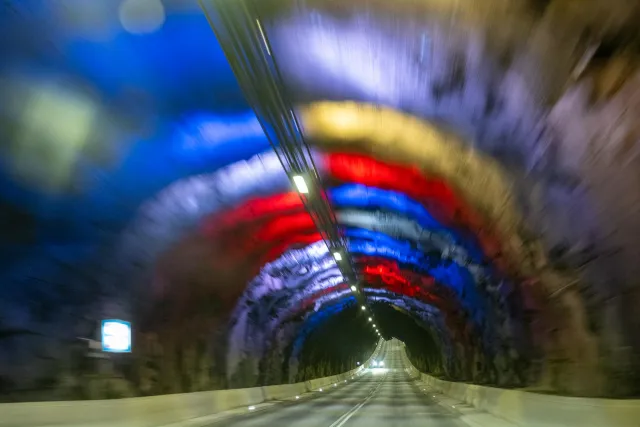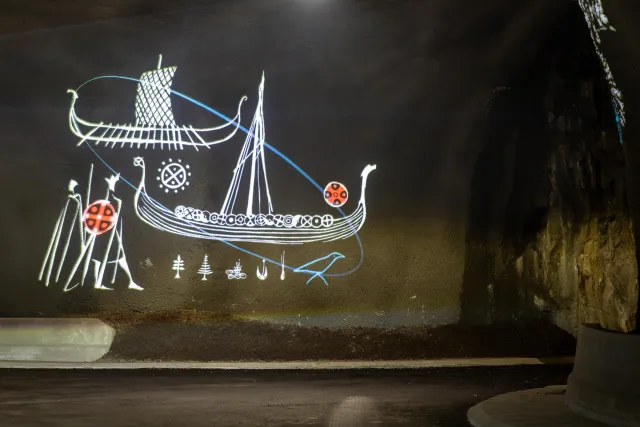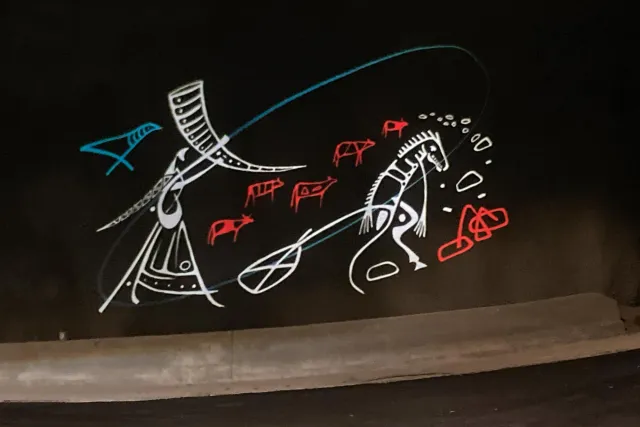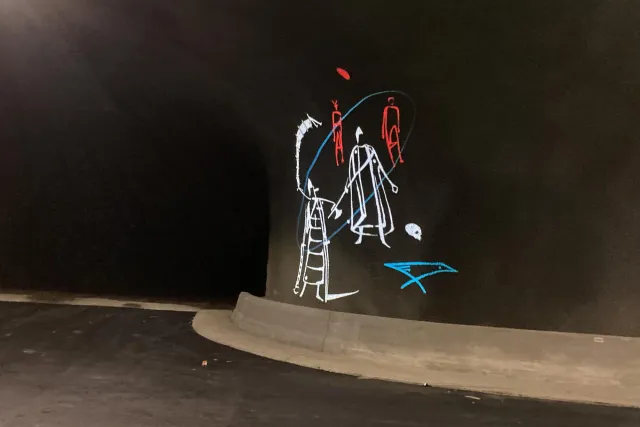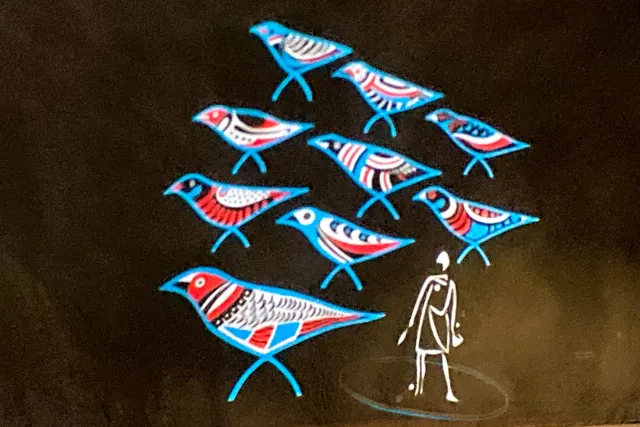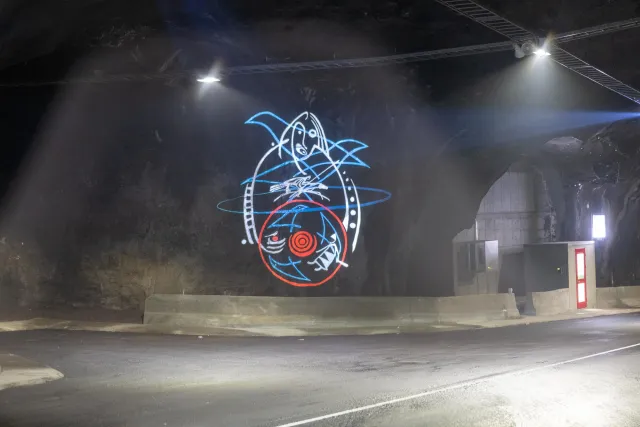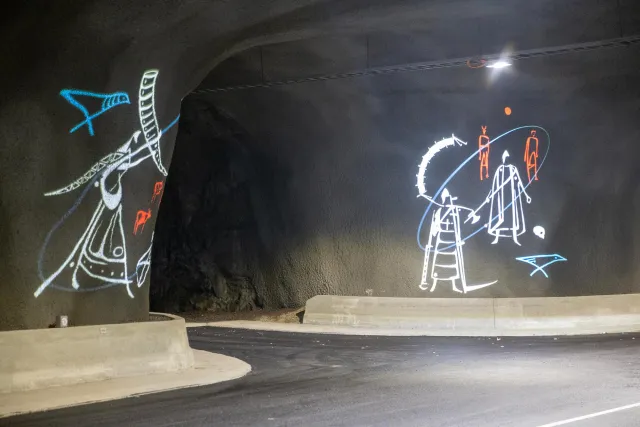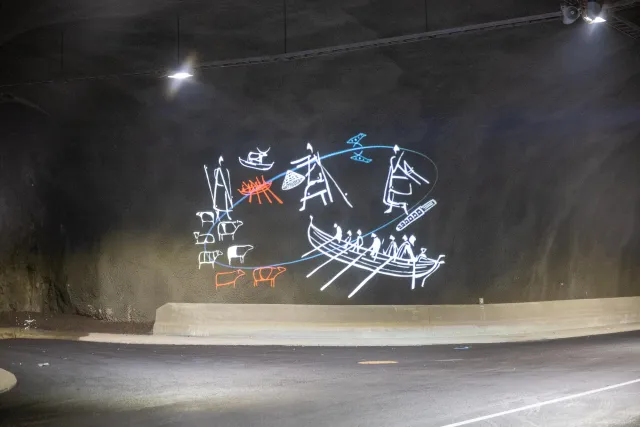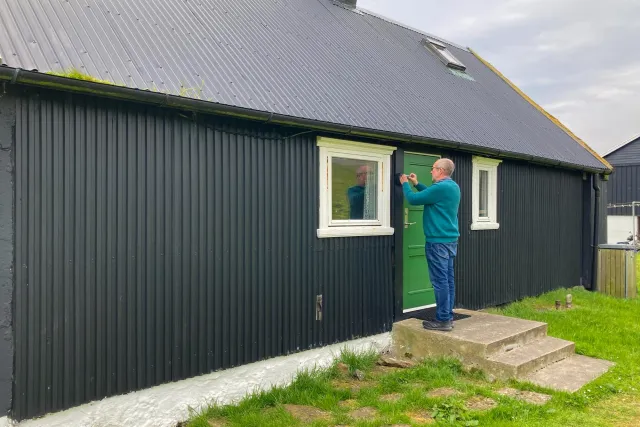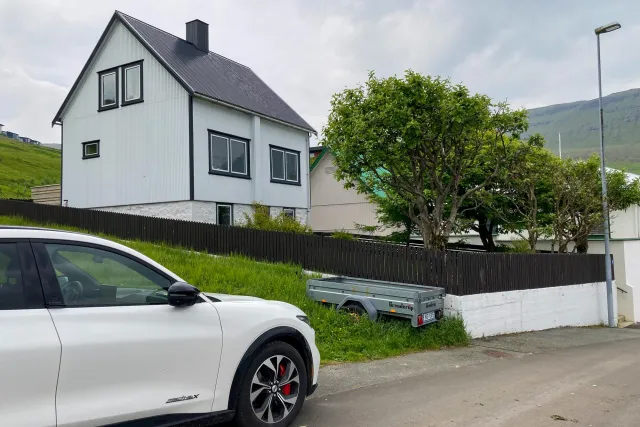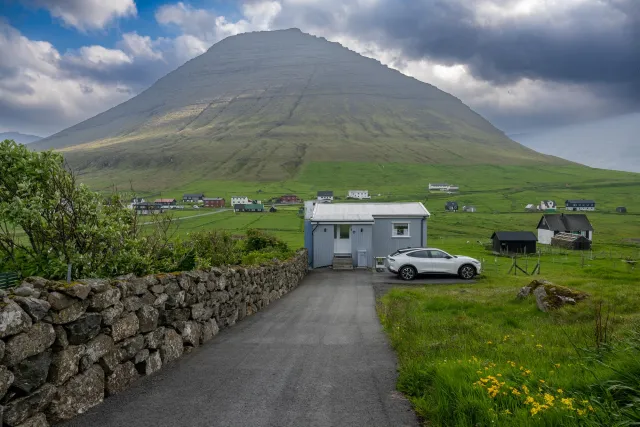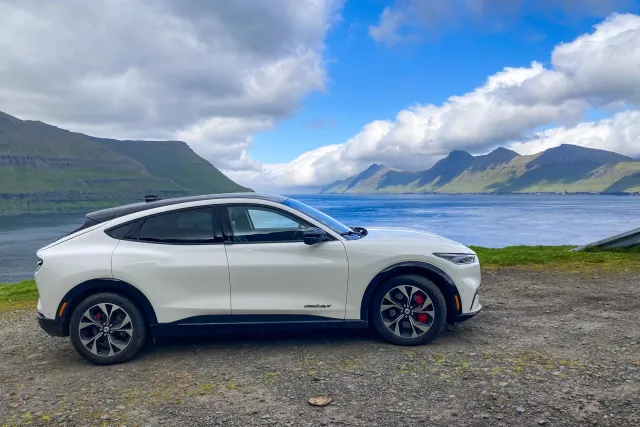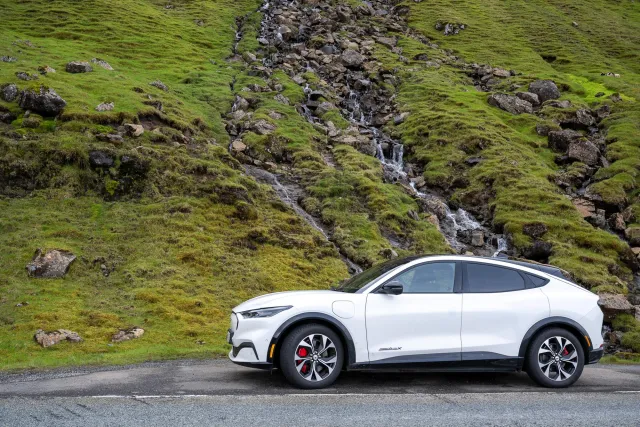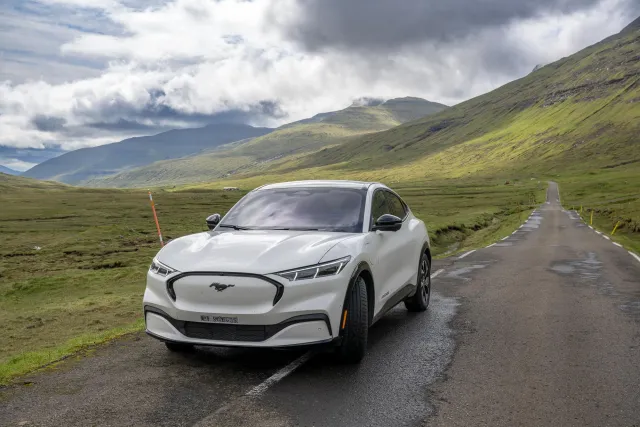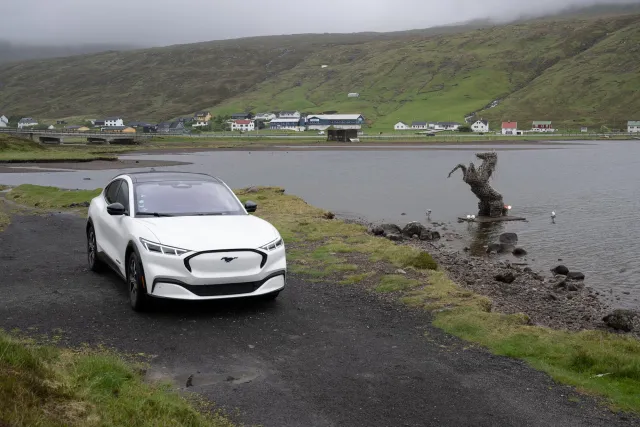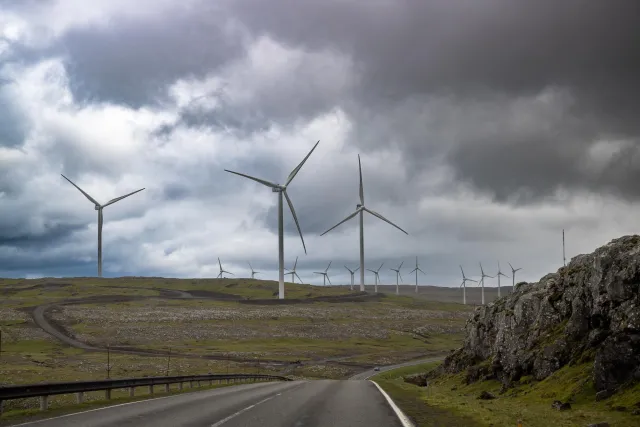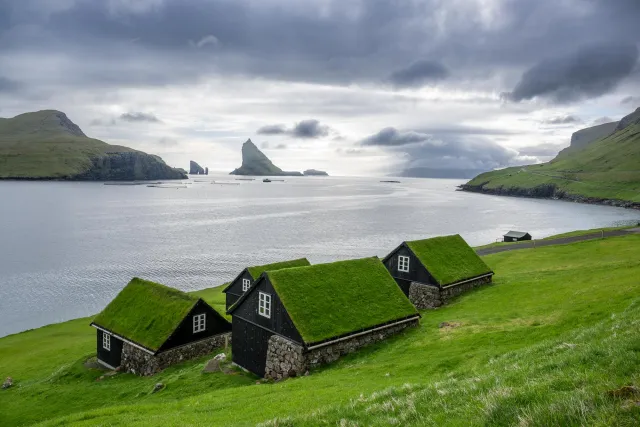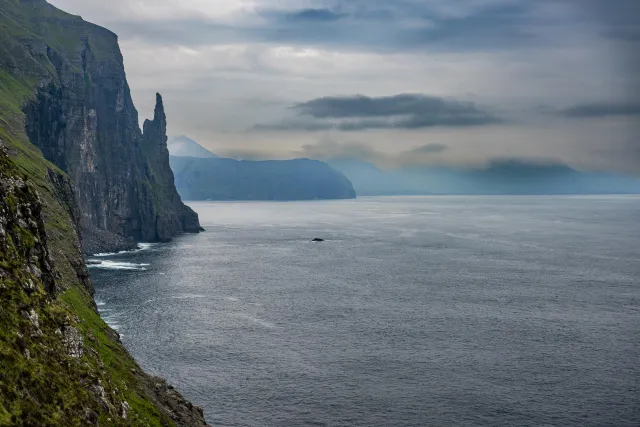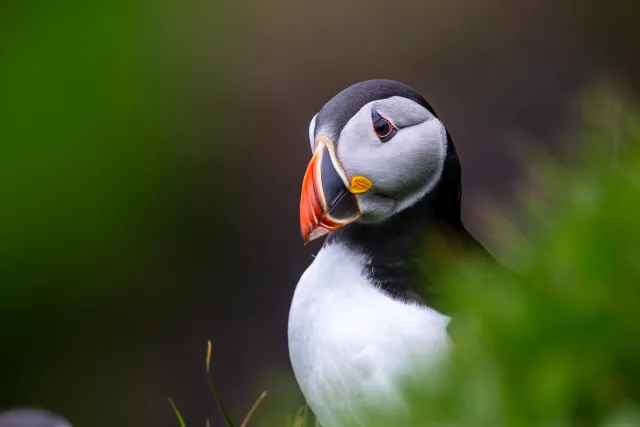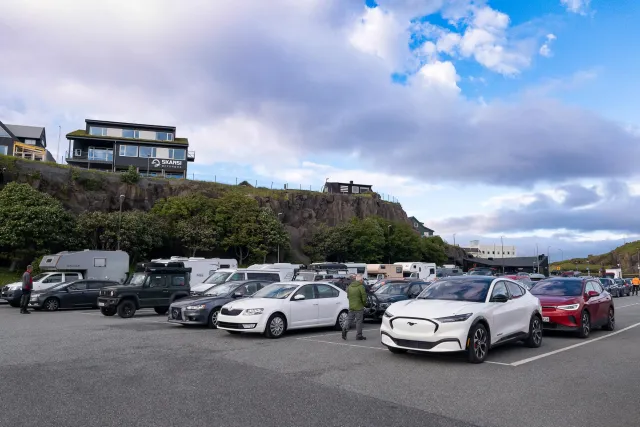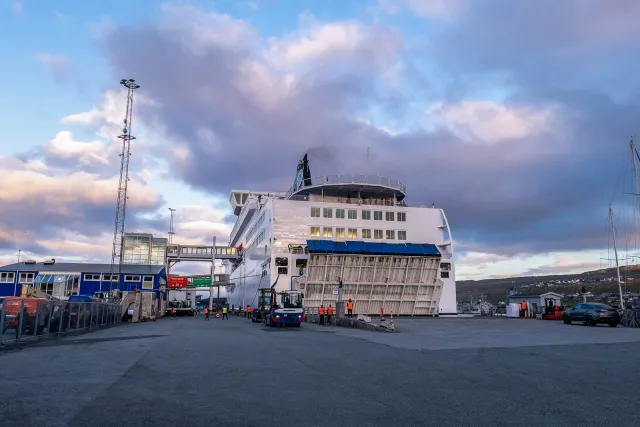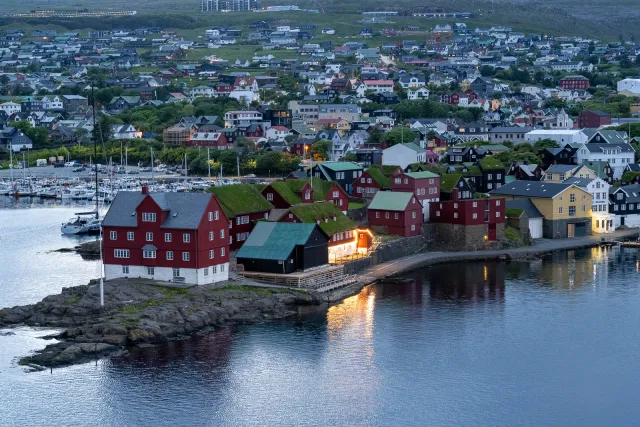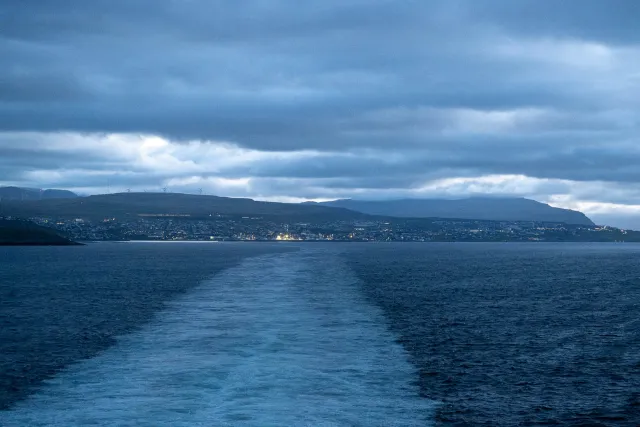In this article: Electromobility - with the Ford Mustang Mach-E to the Faroe Islands
We have been driving electric cars for several years and have already driven 70,000 km through 22 European countries with our current Ford Mustang Mach-E - without any problems. For country number 19, we had chosen the Faroe Islands in the North Atlantic, an archipelago located between Scotland, Norway and Iceland, which has been an autonomous part of the Kingdom of Denmark with its own currency and language since 1948.
First, we drove around 1000 km from our home in Germany to Hirtshals in northern Jutland in Denmark to take the Smyril Line ferry, which takes two days from here to Tórshavn, the capital of the Faroe Islands.
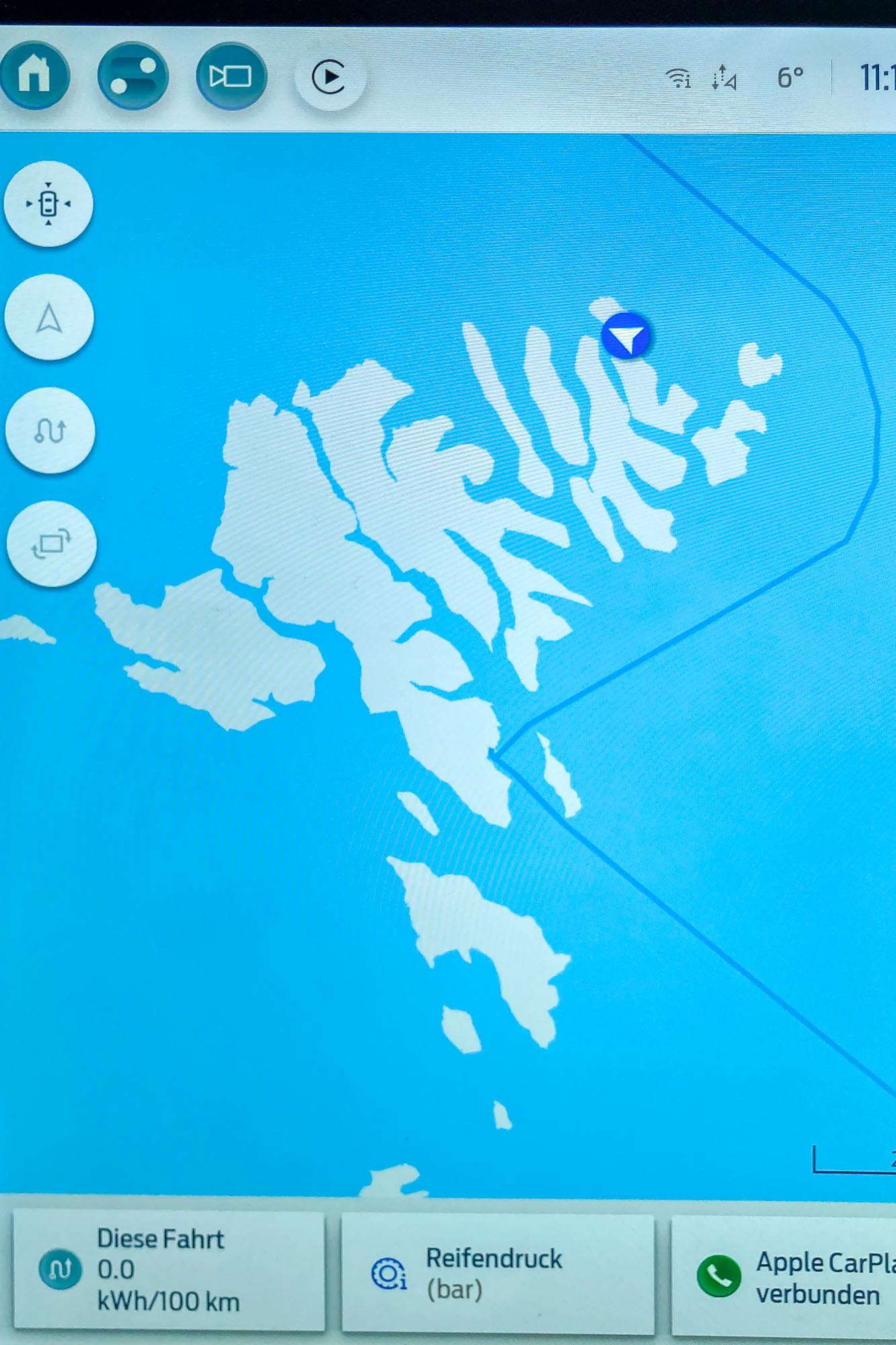
As you can see from the picture on the display of our Mustang, there are no road maps on the islands for our navigation system, but navigating here is not particularly complicated. The islands are partly connected by tunnels or ferries and the number of roads is manageable, as there are only around 55,000 inhabitants who share the approximately 1,400 km² of the islands.
The landscape of the islands is monumental, mountains over 800 meters high border the fjords and small picturesque towns nestle in sheltered bays. Some of the towns can only be reached via adventurously narrow roads that wind in serpentines along the mountain slopes. There are plenty of natural wonders to marvel at and the Faroese's descent from the Vikings is part of their celebrated cultural heritage. Suitable motifs can be seen on the walls of the newly built tunnels, where a fee is charged for passage.
Accommodation can be found through the local provider Vert or booking.com and we had booked houses on various islands for our three-week stay. All were in good and clean condition despite some of their advanced age.
While in other countries we were used to charging the Mustang overnight using a socket directly at our accommodation, this was out of the question here due to the electrical installations, which sometimes looked historic. However, this was not a problem at all, as the charging infrastructure on the islands is well developed by the local electricity provider SEV.
We were nevertheless a little surprised to see a relatively large number of electric cars on the streets when we arrived and initially thought this was a "Norway effect", as electric mobility has also developed very well in this country. However, there was a completely different reason for the small proportion of combustion engines - there was a strike on the island and the gas stations ran out of petrol and diesel fuel. This also affected the tourists who had rented a combustion engine. A popular greeting was: "How much petrol do you have left in the tank?", to which we received envious looks with the cheerful reply "we drive electric".
For us, the strike was therefore ideal, the roads were clear, the highlights of the islands were not very popular - only the shelves in the supermarkets were becoming increasingly empty and many things were in short supply.
We have already described the highlights of these wonderful islands in three BLOG posts. You can find them here:
However, we would like to mention one special highlight again here: there is the only underwater roundabout in the world in a tunnel near Tórshavn. This is also beautifully illuminated and we drove around it twice:-)
Here are a few tips for those who want to drive around the Faroe Islands.
1. Fees have to be paid for some of the Faroe Islands' tunnels. If you register with tunnil.fo using your license plate number + credit card, it happens automatically and worked perfectly for us: Link
2. The mobile phone coverage on the islands is very good, but since the Faroe Islands are not part of the EU and there are no cheap roaming agreements, data connections and phone calls are very expensive. This has already cost a lot of people, because if you don't put your smartphone in flight mode on the ferry, it may log into the Faroe Islands network while you are near the islands, automatically download your emails and potentially cost a few hundred euros in data. It is better to get a prepaid card for the Faroe Islands network in the duty free area on the ferry and reconfigure your smartphone on board.
3. The charging network for electric cars is well developed and it is best to get an RFID chip to activate all charging stations from 11 kW to 350 kW from the local electricity producer sev. We had asked about this by email and when we arrived we drove straight to their headquarters in Thorshavn, where a very friendly Mr. Olsen handed us the chip that had been created for us. Great service! Whether 11 kW or 150 kW - all charging stations on the islands where in operation and can be activated with the same chip, which is very convenient!
